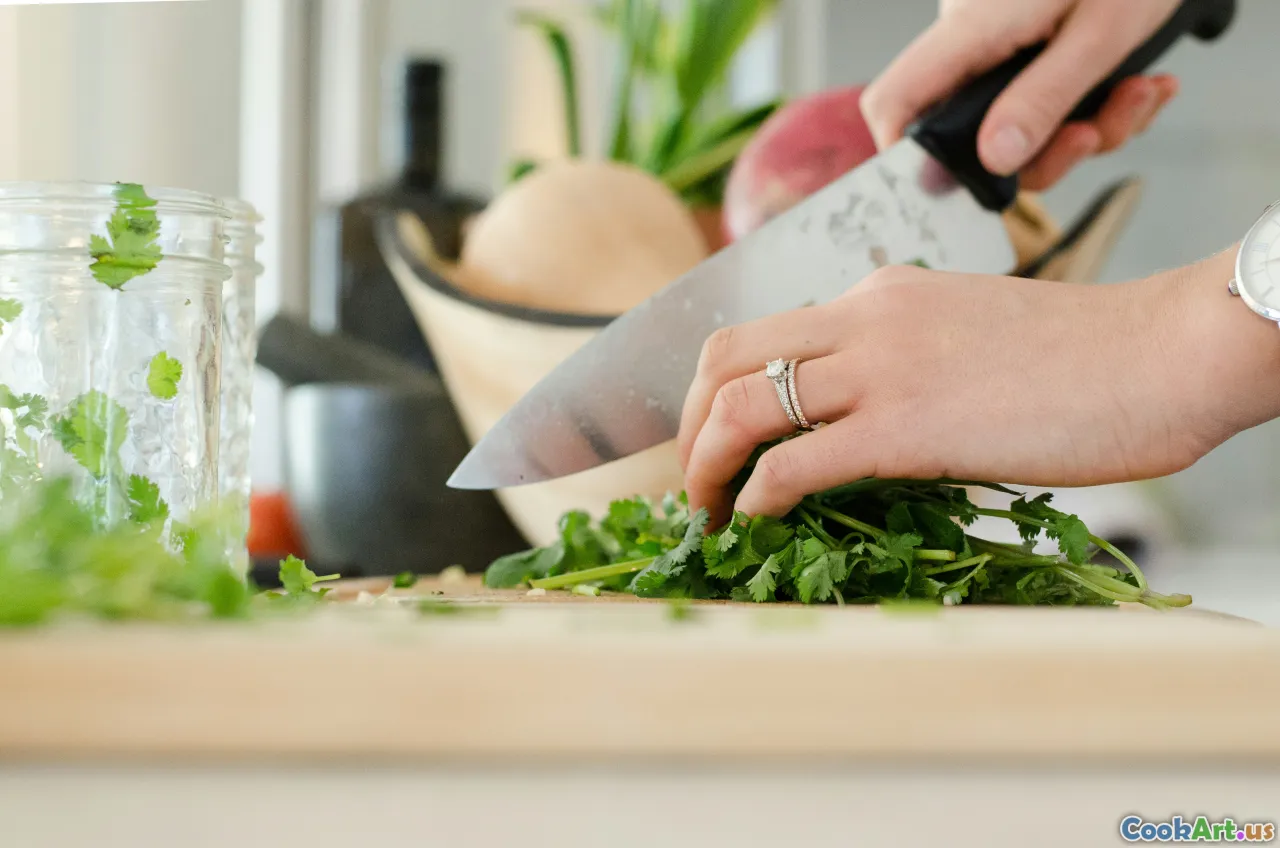The Art of Homemade Sauces
5 min read Discover the art of creating delectable homemade sauces that elevate every meal with fresh flavors and unique combinations. April 08, 2025 14:00
The Art of Homemade Sauces
Creating a homemade sauce is akin to painting on a blank canvas; it allows the cook to express their creativity and personal taste. Sauces can elevate a simple dish into a gourmet experience, transforming everyday ingredients into something extraordinary. In this article, we'll explore the art of making sauces from scratch, the techniques involved, and how to incorporate them across various cuisines.
Why Make Sauces at Home?
Homemade sauces offer several advantages:
- Freshness: You control the ingredients, leading to fresher flavors without preservatives or additives.
- Customization: Tailor the taste, heat level, and texture to your liking, accommodating dietary preferences or restrictions.
- Cost-Effective: Often, making sauces at home is cheaper than purchasing gourmet sauces from the store.
- Culinary Skill Development: Crafting sauces can improve your overall cooking skills and understanding of flavor combinations.
Key Ingredients for Sauces
While the ingredients for sauces can vary widely, several staples are commonly used across many recipes:
- Base Ingredients: These can include tomatoes, cream, broth, or even fruit purees. For example, a marinara sauce starts with tomatoes, while a béchamel sauce uses milk.
- Aromatics: Ingredients like onions, garlic, and herbs enhance the flavor profile. Sautéing these before adding the base can create a deeper flavor.
- Acid: A splash of vinegar or citrus juice can brighten a sauce, balancing rich flavors.
- Seasonings: Salt, pepper, and spices are crucial for enhancing and elevating the overall taste.
Essential Cooking Techniques
Creating sauces doesn’t require a culinary degree, but understanding a few techniques can significantly enhance your results:
- Emulsification: This technique combines two ingredients that typically don’t mix, like oil and vinegar. Common in dressings, it can create a creamy texture.
- Reduction: Simmering a sauce to evaporate some of the liquid intensifies the flavors. A classic example is a balsamic reduction, which becomes syrupy and flavorful.
- Blending: For smooth sauces like pesto or hollandaise, a blender or food processor can help achieve the desired consistency.
- Sautéing: Cooking aromatics in oil or butter before adding other ingredients builds a rich base flavor.
Exploring Different Types of Sauces
Homemade sauces can range from simple to complex. Here are a few categories:
- Tomato-Based Sauces: From marinara to arrabbiata, these sauces are essential in Italian cooking and can be customized with herbs and spices.
- Cream Sauces: Alfredo and carbonara are rich, indulgent options that use cream and cheese to create luxurious textures.
- Vinaigrettes: A quick blend of oil, vinegar, and spices can turn salads into culinary masterpieces.
- Pestos and Salsas: Fresh herbs and vegetables blended create vibrant, flavorful sauces that can be used in various dishes.
Cultural Considerations
Different cultures have their unique sauces that highlight regional ingredients and flavors:
- Asian Sauces: Soy sauce, hoisin, and chili paste are staples that add umami and spice to dishes.
- Mexican Salsas: From pico de gallo to mole, these sauces are integral to the cuisine, showcasing fresh ingredients and complex flavors.
- French Sauces: Classic sauces like béchamel, hollandaise, and demi-glace represent the foundation of French culinary techniques.
Conclusion
The art of homemade sauces is a rewarding culinary endeavor that can significantly enhance your cooking repertoire. By understanding the key ingredients and techniques, you can create delicious sauces tailored to your tastes and dietary needs. Experiment with different flavors, and don’t be afraid to innovate; after all, the best sauces often come from a little creativity and a willingness to try something new. Happy cooking!









